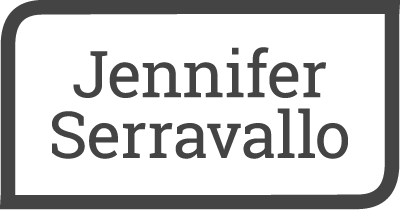Five Ways to Become a More Responsive Teacher
April 22, 2024
One of the most important pieces of advice I got early in my career was to always teach the kids in front of me. Each class is made up of unique individuals with differing needs, so any pre-written lessons I used always got tweaked, and I was always ready during the lesson to modify based on how students responded, too. This can sound daunting given that we need to cover standards, meet pacing guidelines, execute program or curriculum requirements, and so much more. But it’s the support and guidance we provide to students that makes the biggest impact on their learning.
Below, I share five things I do as I plan and teach to ensure that my teaching is responsive.
Plan using a small set of predictable lesson structures.
Planning is, of course, key to teaching a successful lesson. You can choose from a small repertoire of lesson structures based on your lesson goals, the strategies you plan to teach, the complexity of the material, and the needs of your students. Using a predictable structure ensures that every lesson has a clear learning focus and that you’ve thought through timing and pacing, woven in vocabulary and knowledge building opportunities, and determined the mix of direct instruction to student talk and participation, all with your unique students in mind. The beauty of a lesson structures is that you can use them to teach any text in any subject, although of course certain lesson structures are better suited to certain goals and content. Once you are familiar with the structure, you’ll save planning time as the steps become second nature and teaching within a structure will give you more flexibility to innovate and respond during the lesson.
Vary the amount of support—in your plans, and in the moment.
Anticipating where students might need more explanation or extra support allows you to build in moves to match student needs. You might plan direct instruction when introducing a new vocabulary word. You might orchestrate a turn-and-talk to get students engaged and to assess their understanding. You might model a particular strategy so students can see how you follow steps to come to an understanding. You might repeat important information. Gauging how best to support your students through challenges and planning some of your moves in advance allows you to be even more focused on students throughout the lesson. Then, you can be ready to adapt in-the-moment. Maybe you planned to simply prompt students to stop and jot, but you realize the need more support so you back up and offer an explanation—even though it wasn’t in your plans. Or maybe you anticipated they’d need a demo but during a turn and talk you see they are understanding better than you expected, so you skip the demonstration and move on to the next part of the text.
Watch and listen to kids really closely.
When I teach a lesson, I’m always looking at and listening to the students, and getting feedback from them. I watch their facial expressions. I notice their body language. I tune in to nuances in their inflection. I attend to what they are not saying as well as what they are saying. If the students have bright faces and are eagerly following what I say, I can continue on with the plan. Maybe they are further ahead than I anticipated, and I can pick up my pace or skip a part of the lesson. If the kids are antsy and their eyes are wandering, it may be time to directly engage students in a turn-and-talk or invite them to read chorally. If I’m looking out at a sea of puzzled expressions and students are quiet, I may need to back up, slow down, and offer an extra explanation or demonstration. By constantly listening and watching students as I deliver a lesson, I can gauge where students are in their understanding and determine how best to support and move them toward the learning objectives.
Phrase your feedback to students with your goal(s) in mind.
Feedback is essential to correct any misunderstandings, to recognize progress, and to scaffold students as they practice. Good feedback should be actionable and specific, focused on the learning goal(s).. Remember to be brief, only say as much as is needed to keep students on track so they have more time and space to do the work. Prompt in the moment, so students can clearly understand what they did well and where they need to course correct. Word your feedback so students can apply it across contexts and texts. And of course, using an encouraging tone communicates your belief that they are capable learners.
Don’t be afraid to change course.
The benefits of using predictable lesson structures and predictable teaching moves within those structures is that they provide you with a toolbox of ways to flexibly, reflexively respond to the needs of the students in front of you. Just like you might deviate from a planned route when the GPS warns you of a roadblock, or take an unplanned stop along your journey when an opportunity presents itself, so too will you need to adjust your pacing and your scaffolding, or may have to table part of your lesson for a later time. It’s these adjustments that help nudge students toward, and keep everyone focused on, the destination of your learning objective(s) for the lesson.



